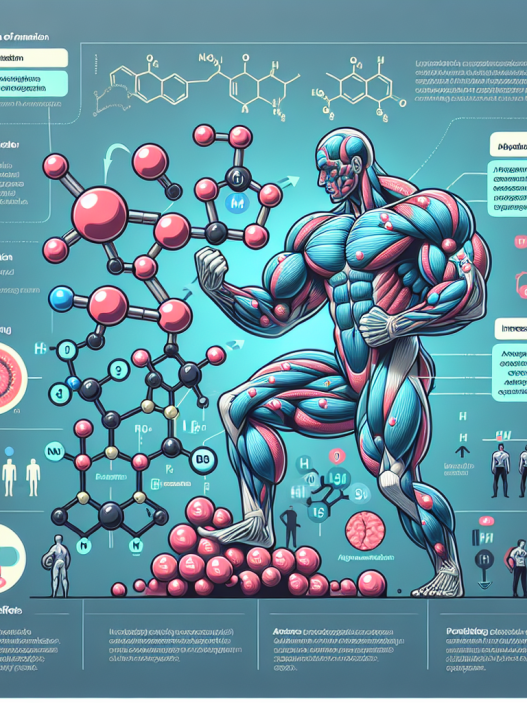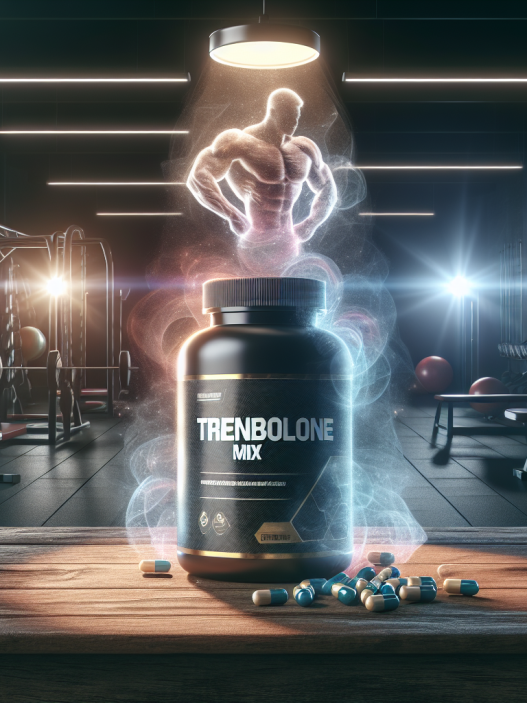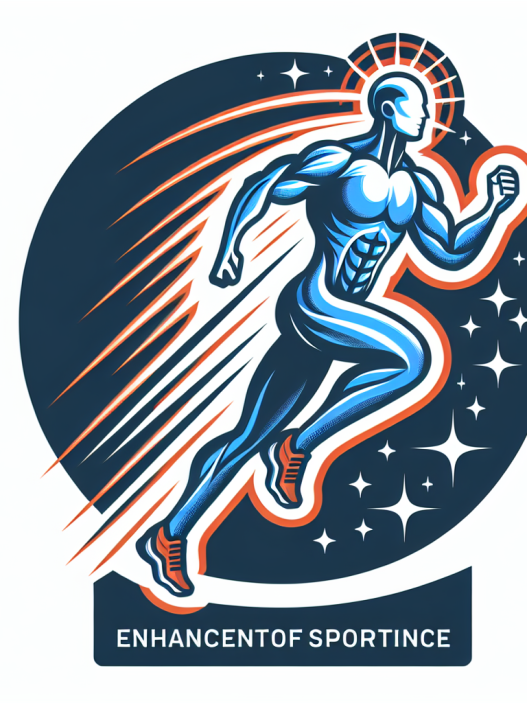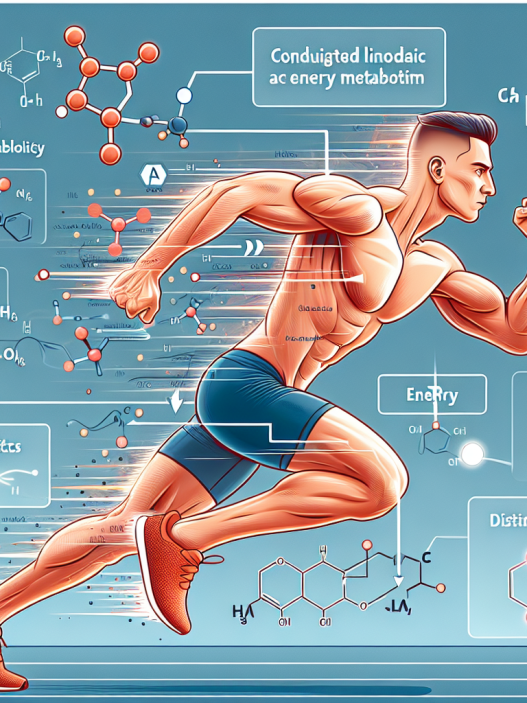-
Table of Contents
- Decoding the Anabolic Properties of Trenbolone Acetate in Sports
- The Pharmacokinetics of Trenbolone Acetate
- The Anabolic Effects of Trenbolone Acetate
- The Risks and Side Effects of Trenbolone Acetate
- Real-World Examples of Trenbolone Acetate Use in Sports
- Expert Opinion on Trenbolone Acetate
- References
- Conclusion
Decoding the Anabolic Properties of Trenbolone Acetate in Sports
Trenbolone acetate, also known as Tren, is a synthetic anabolic-androgenic steroid (AAS) that has gained popularity among athletes and bodybuilders for its powerful anabolic effects. It is a modified form of the hormone nandrolone, with an added double bond at the 9th and 11th carbon positions, making it more resistant to metabolism and increasing its anabolic potency (Kicman, 2008). Trenbolone acetate is known for its ability to promote muscle growth, increase strength and improve athletic performance, making it a highly sought-after substance in the world of sports pharmacology.
The Pharmacokinetics of Trenbolone Acetate
Before delving into the anabolic properties of Tren, it is important to understand its pharmacokinetics. Trenbolone acetate is typically administered via intramuscular injection and has a half-life of approximately 3 days (Kicman, 2008). This means that it remains active in the body for a relatively short period of time, requiring frequent injections for optimal results. However, its short half-life also means that it can be quickly cleared from the body, making it a popular choice for athletes who are subject to drug testing.
Once injected, Trenbolone acetate is rapidly absorbed into the bloodstream and binds to androgen receptors in various tissues, including muscle, bone, and fat (Kicman, 2008). This binding triggers a cascade of events that ultimately leads to increased protein synthesis and muscle growth. Tren also has a high affinity for the glucocorticoid receptor, which is responsible for regulating stress and inflammation in the body. By binding to this receptor, Tren can reduce the catabolic effects of cortisol, a stress hormone that can break down muscle tissue (Kicman, 2008).
The Anabolic Effects of Trenbolone Acetate
The anabolic effects of Trenbolone acetate are well-documented and have been studied extensively in both animal and human models. In a study conducted on rats, Tren was found to significantly increase muscle mass and strength, while also reducing body fat (Yarrow et al., 2010). Similar results have been observed in human studies, with Tren being shown to increase lean body mass and strength in both healthy individuals and those with muscle-wasting conditions (Kicman, 2008).
One of the key mechanisms by which Tren promotes muscle growth is through its ability to increase nitrogen retention in the body. Nitrogen is an essential building block for protein synthesis, and by increasing its retention, Tren allows for more efficient muscle repair and growth (Kicman, 2008). Additionally, Tren has been shown to increase levels of insulin-like growth factor 1 (IGF-1), a hormone that plays a crucial role in muscle growth and repair (Yarrow et al., 2010).
Aside from its anabolic effects, Trenbolone acetate also has a number of other benefits for athletes. It has been shown to improve endurance and reduce fatigue, allowing athletes to train harder and longer (Kicman, 2008). It also has a mild diuretic effect, which can help athletes achieve a more defined and vascular appearance on stage or in competition.
The Risks and Side Effects of Trenbolone Acetate
While Trenbolone acetate may offer numerous benefits for athletes, it is not without its risks and side effects. Like all AAS, Tren can suppress the body’s natural production of testosterone, leading to a number of potential side effects such as decreased libido, erectile dysfunction, and mood changes (Kicman, 2008). It can also cause an increase in blood pressure and cholesterol levels, which can increase the risk of cardiovascular disease (Yarrow et al., 2010).
Furthermore, Trenbolone acetate is known for its androgenic effects, which can include acne, hair loss, and increased body hair growth (Kicman, 2008). These effects are more pronounced in individuals who are genetically predisposed to male pattern baldness or have a history of acne.
Real-World Examples of Trenbolone Acetate Use in Sports
Trenbolone acetate has been used by athletes in a variety of sports, including bodybuilding, powerlifting, and track and field. In the bodybuilding world, it is often used during the cutting phase to help athletes achieve a lean and defined physique. It is also commonly used by powerlifters to increase strength and muscle mass, as well as by track and field athletes to improve speed and power.
One notable example of Trenbolone acetate use in sports is the case of Canadian sprinter Ben Johnson, who was stripped of his gold medal at the 1988 Olympics after testing positive for the substance (Kicman, 2008). This incident brought widespread attention to the use of performance-enhancing drugs in sports and sparked a debate about the ethics of their use.
Expert Opinion on Trenbolone Acetate
According to Dr. John Hoberman, a leading expert on the use of performance-enhancing drugs in sports, Trenbolone acetate is one of the most potent AAS available and is often used by athletes looking to gain a competitive edge (Hoberman, 2012). However, he also notes that its use comes with significant risks and side effects, and that the long-term effects of AAS use are still not fully understood.
Dr. Hoberman also emphasizes the importance of education and awareness when it comes to AAS use in sports. He believes that athletes should be informed about the potential risks and side effects of these substances and that more research is needed to fully understand their effects on the body.
References
Hoberman, J. (2012). Testosterone dreams: Rejuvenation, aphrodisia, doping. University of California Press.
Kicman, A. T. (2008). Pharmacology of anabolic steroids. British Journal of Pharmacology, 154(3), 502-521.
Yarrow, J. F., McCoy, S. C., Borst, S. E., & Wilson, T. (2010). Anabolic effects of testosterone and trenbolone in young adult male rats. Journal of Applied Physiology, 109(5), 1454-1461.
Conclusion
Trenbolone acetate is a powerful AAS that has gained popularity among athletes for its ability to promote muscle growth, increase strength, and improve athletic performance. However, its use comes with significant risks and side effects, and more research is needed to



















